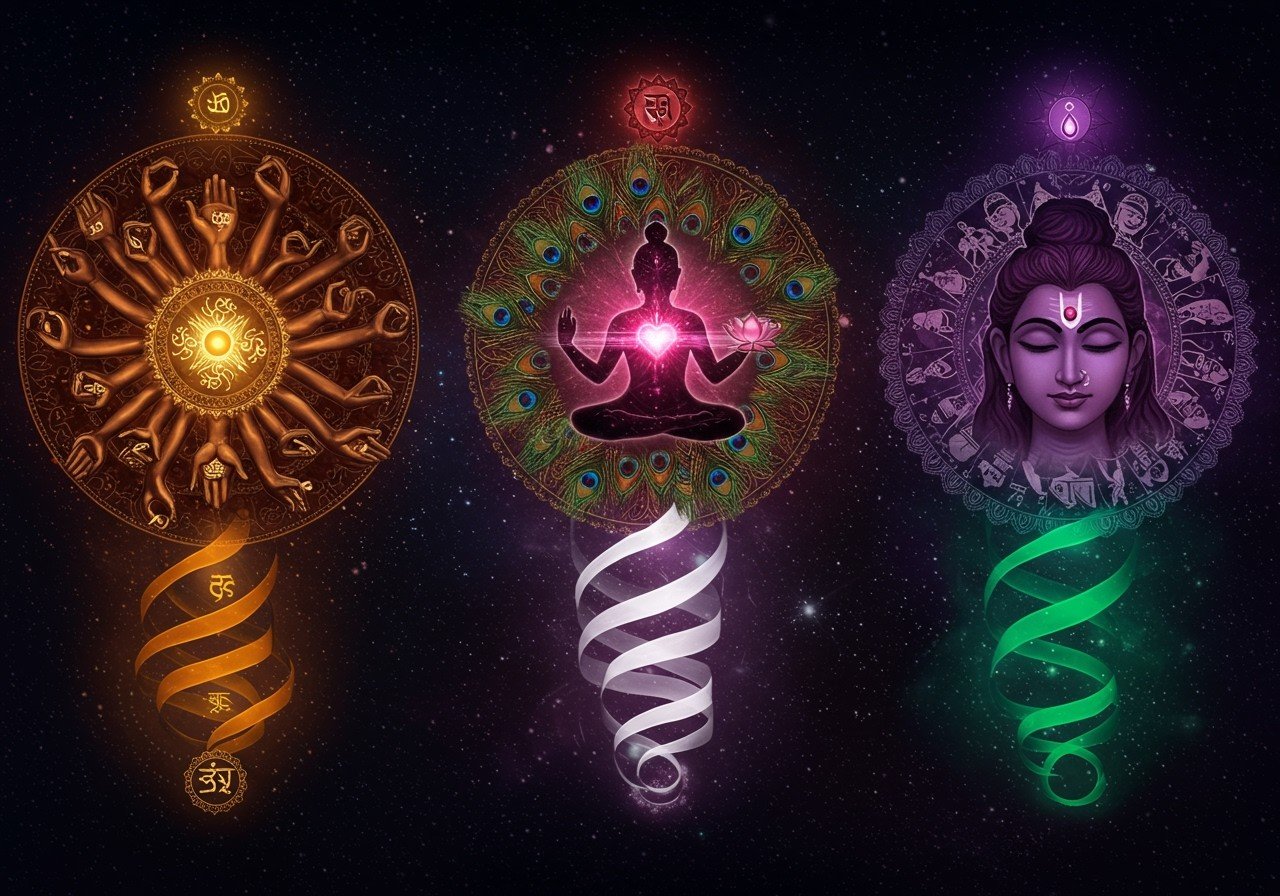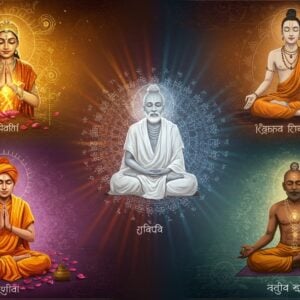
The Bhagavad Gita, a revered scripture, offers profound insights into spiritual liberation, also known as Moksha. Moksha signifies complete freedom from the cycle of birth and death (Samsara) and involves realizing one’s true self (Atman) and connecting with the Supreme Consciousness. The Gita outlines three primary paths to achieve this liberation: Karma Yoga, Bhakti Yoga, and Jnana Yoga. Each path caters to different personalities and offers a unique approach to spiritual growth.
Karma Yoga: The Path of Selfless Action
Karma Yoga emphasizes selfless action without attachment to the results. By dedicating actions to a higher purpose, individuals purify their minds and diminish the ego. Nishkama Karma, or action without desire for reward, forms the core of this path. The Gita encourages performing duties as an offering to God, fostering a sense of detachment and promoting inner peace. This path also emphasizes living in the present moment and maintaining equilibrium in both success and failure. Dharma, or duty, provides the guiding principle for Karma Yogis. Discover more about the Bhagavad Gita’s impact on modern life in our dedicated blog post.
Bhakti Yoga: The Path of Devotion
Bhakti Yoga centers around cultivating love and devotion for a personal deity, often Krishna. This path emphasizes surrender to the divine will and nurturing a personal relationship with God. Shraddha (faith) and Prapatti (surrender) are essential elements of Bhakti Yoga. It goes beyond mere rituals, focusing on inner devotion expressed through practices like prayer, chanting, and selfless service. Dive deeper into the practice of Japa, a form of Bhakti Yoga. This path guides practitioners towards dissolving the ego and experiencing divine love. At poojn.in, we offer a wide variety of incense sticks and murtis ideal for enhancing your Bhakti Yoga practice.
Jnana Yoga: The Path of Knowledge
Jnana Yoga is the path of wisdom and self-realization through knowledge and introspection. It involves discerning the real from the unreal and ultimately realizing one’s true nature. Avidya, or ignorance, is seen as the root of suffering, and Jnana Yoga seeks to dispel it through self-inquiry (Atma Vichara), study of scriptures, and meditation. The practice of “Neti Neti” (not this, not this) aids in this process of self-discovery. Guidance from a Guru is often considered essential in this path. Jnana Yoga leads to the realization of the oneness of the individual soul (Atman) and the universal soul (Brahman).Explore mindfulness meditation practices that align with Jnana Yoga principles.
Integrating the Paths
The Bhagavad Gita doesn’t advocate for strict adherence to a single path. Instead, it suggests that these paths can be integrated to achieve a holistic spiritual approach. Karma Yoga purifies actions, Bhakti Yoga channels emotions, and Jnana Yoga sharpens the intellect. Learn more about maintaining cleanliness during spiritual practices. This integration allows individuals to tailor their spiritual journey to their unique nature and circumstances. Poojn.in offers a wide range of products that can support your exploration of these integrated paths.
Embracing the Path to Liberation
The Bhagavad Gita’s teachings on Karma, Bhakti, and Jnana Yoga provide a roadmap to spiritual liberation. By integrating these paths, we can harmonize our actions, emotions, and intellect, leading to a life of purpose and enlightenment. The Gita’s wisdom remains timeless and relevant, offering guidance to modern practitioners seeking deeper meaning and spiritual growth. Discover resources for introducing meditation and mindfulness to children.


